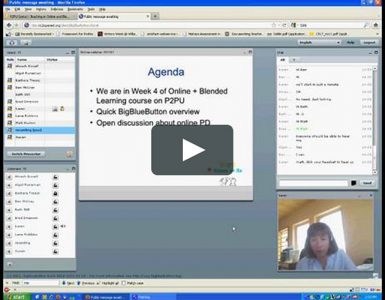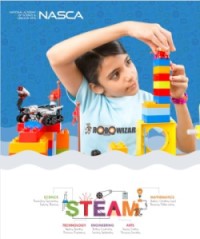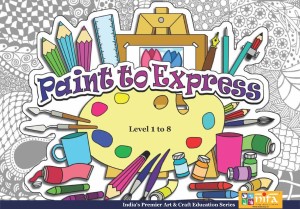Pulitzer Prize-winning author Thomas Friedman advocates for inspiring young people to create the companies that will provide long-lasting employment for the country’s citizens. He says students should be innovation ready – meaning that along with their mortarboards, they should receive the critical-thinking, communication and collaboration skills that will help them invent their own careers.
While society has grown by leaps and bounds, our K-12 schools have largely remained stagnant. As a result, they are not graduating the doers, makers and cutting-edge thinkers the world needs.
There are exceptions of course: some public and private schools are modernising through collaboration among students, online learning and integrating science with the arts. As a school principal puts it: “We do our bit about introducing elements in the curriculum that we feel is relevant for the future without consulting the government authorities.”
However, most institutions have not changed their direction.
They do not teach what should be the cornerstone of modern-day education – entrepreneurship – the capacity to not only start companies but also to think creatively and ambitiously.
Traditionally, entrepreneurship education was introduced more like a post-graduate course. However, the current trends in the job market indicate a serious rethink is required on the issue.
How entrepreneurship education benefits students:
- It teaches students to think outside the box.
- It nurtures unconventional talents and skills.
- It helps in critical thinking.
- It creates opportunity, ensures social justice, instills confidence and stimulates the economy.
- It hones students’ problem-solving skills.
- They become intelligent risk-takers and learn to be persistent – both vital traits for entrepreneurs. They are forced to think out of the box, to fail and persist – experiences that would inspire them to become creative, inventive and innovative.
- Entrepreneurship embraces talents and skills that teachers in conventional classrooms might otherwise penalize.
According to Paul Tough’s book, How Children Succeed: Grit, Curiosity, and the Hidden Power of Character, students who attend private schools are not world changers. The reason: These schools offer affluent parents “a high probability of nonfailure.”
In other words, affluent backgrounds often do not encourage kids to take risks and make mistakes, which are necessary for cultivating ingenuity. Entrepreneurship education can help overcome this limitation.
How to integrate entrepreneurship lessons in the school curriculum:
Learning a Business
Students can practise writing, interview questions and conduct interviews with entrepreneurs. They can understand the business model, the strengths and challenges and discuss possible solutions as a group.
Incubation
Students can be challenged to come up with business ideas or products, that they think others would be interested to buy, assess the potential audience and competitors.
SWOT analysis
Teach students to think about the strengths and weaknesses of their product and come up with interesting solutions within the available resources.
Re-imagining
Creativity dwells within the imagination. Train them to re-imagine common objects and come up with a different way to design, present and use them.
Research skills
Have students to look through the yellow pages to spot businesses and interesting names, and then categorise these results in superlative forms of adjectives, foreign words, what the business produce or sells, geographic locations and their functions.
Teaching entrepreneurship skills through school is a process, and it is highly recommended that students be left free to find their calling through it. Teachers should also be provided with guidelines to manage students and help them to foster a pleasant environment for students to grow.


















